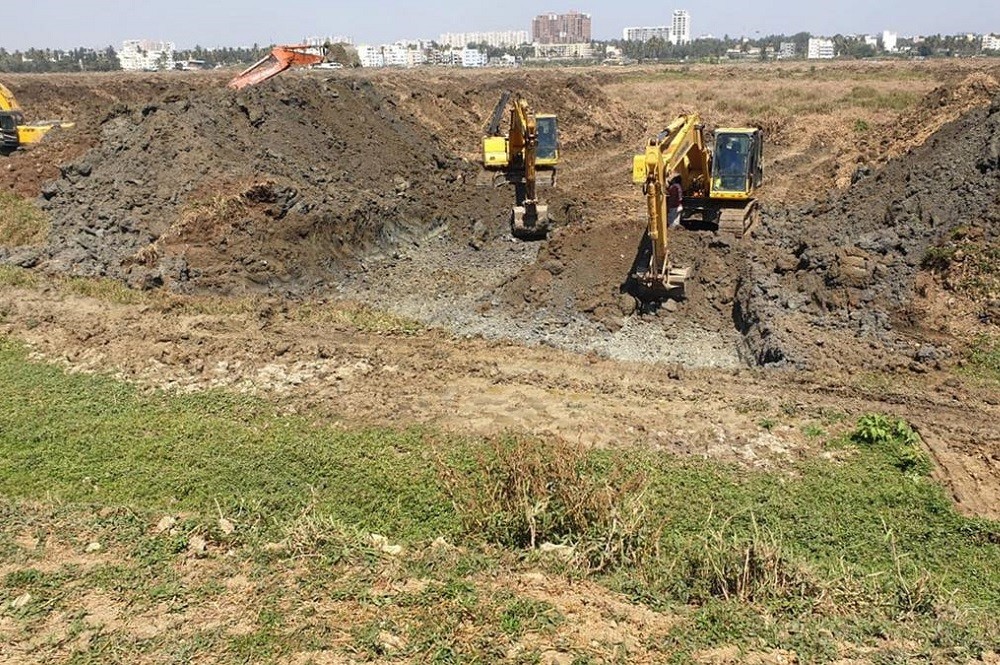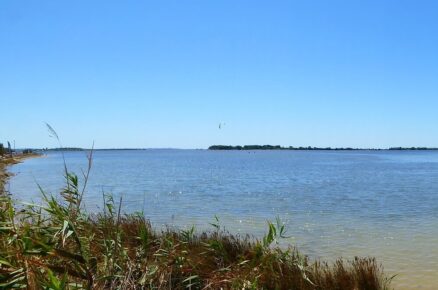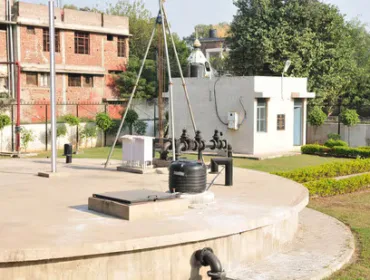Sludge is the thick residue filtered out of sewage treatment plants that while rich in organic chemicals is also a repository of heavy metals, industrial effluents and bacterial contaminants.
WD News: A first of its kind analysis of the sludge found in Indian sewage treatment plants (STP), set up to treat polluted water from the Ganga, found that most of it had high potential for use as fertiliser, but required treatment before it could be used unrestricted in farms, or as a potential biofuel.
Currently, those awarded contracts for developing and maintaining STPs under the Namami Gange Mission are also apportioned land for disposing off sludge. However, this is rarely treated, and during rains, such sludge — with its accompanying chemical and metallic constituents — often makes its way back into rivers and local water sources. Before standards were made, it was necessary to understand the characteristics of the sludge from these STPs before ways could be devised to incentivise private players to treat and dispose sludge.
“This is the first time such a project has been conceived in India,” D.P. Mathuria, a senior official in the NMCG, said. “Only when we have data about the chemical characteristics of the sludge can we then ask developers to adopt practices on treatment and safe disposal of sludge.”
A study by the Indian Institute of Technology (IIT)-Roorkee found that most of the sludge analysed after drying fell into the class B category. Nitrogen and phosphorous levels — the basic soil nutrients — were higher than those recommended by India’s fertiliser standards (FCO, 2009). However, potassium levels of some sludges were less than recommended. The total organic carbon was more than 16%, again higher than FCO recommendations, but the degree of pathogens as well as heavy metal contamination was above the recommended fertiliser standards. The calorific value of sludge ranged from 1,000-3,500 kcal/kg. This is lower than the average calorific value of Indian coal.
To improve the quality of sludge, the report recommends the sludge needs to be stored for at least three months to kill pathogens, and blended with cattle manure and husk or local soil to reduce the heavy metal. This, however, would still put it in class B, and converting it into grade A sludge would require far more extensive treatment.
Source & image courtesy: The Hindu














